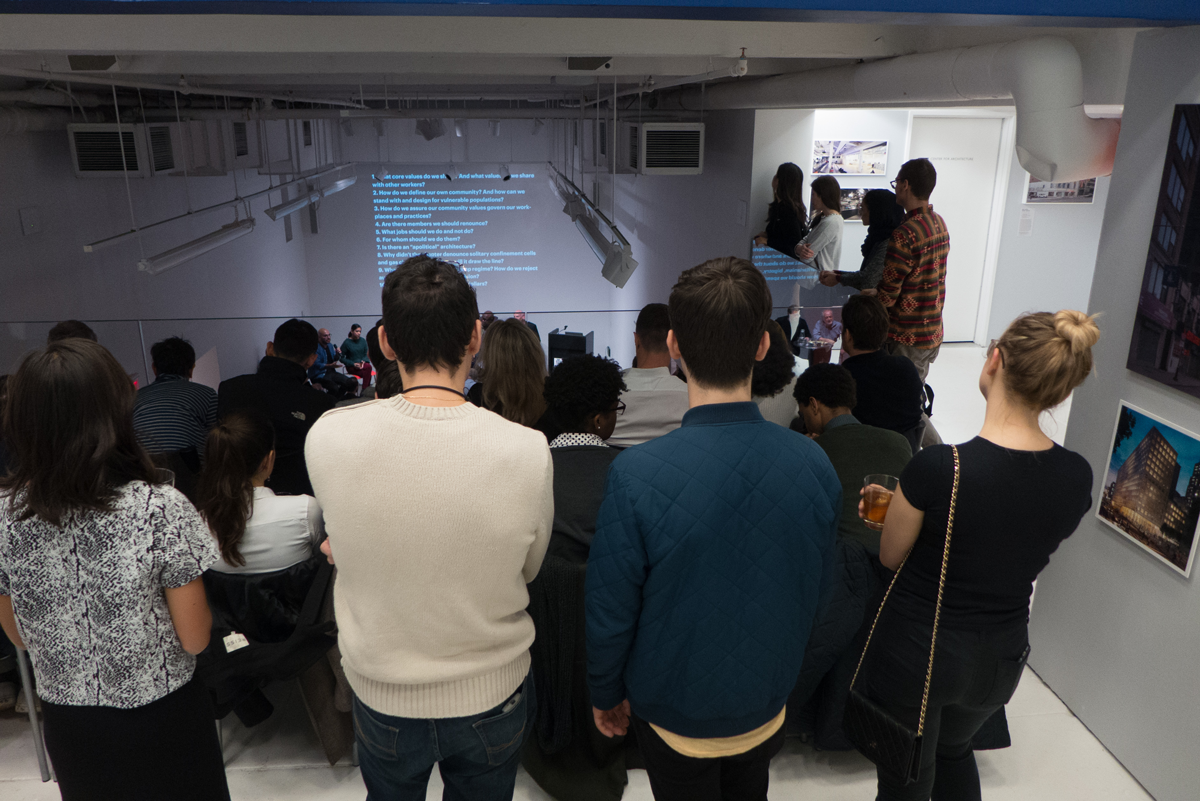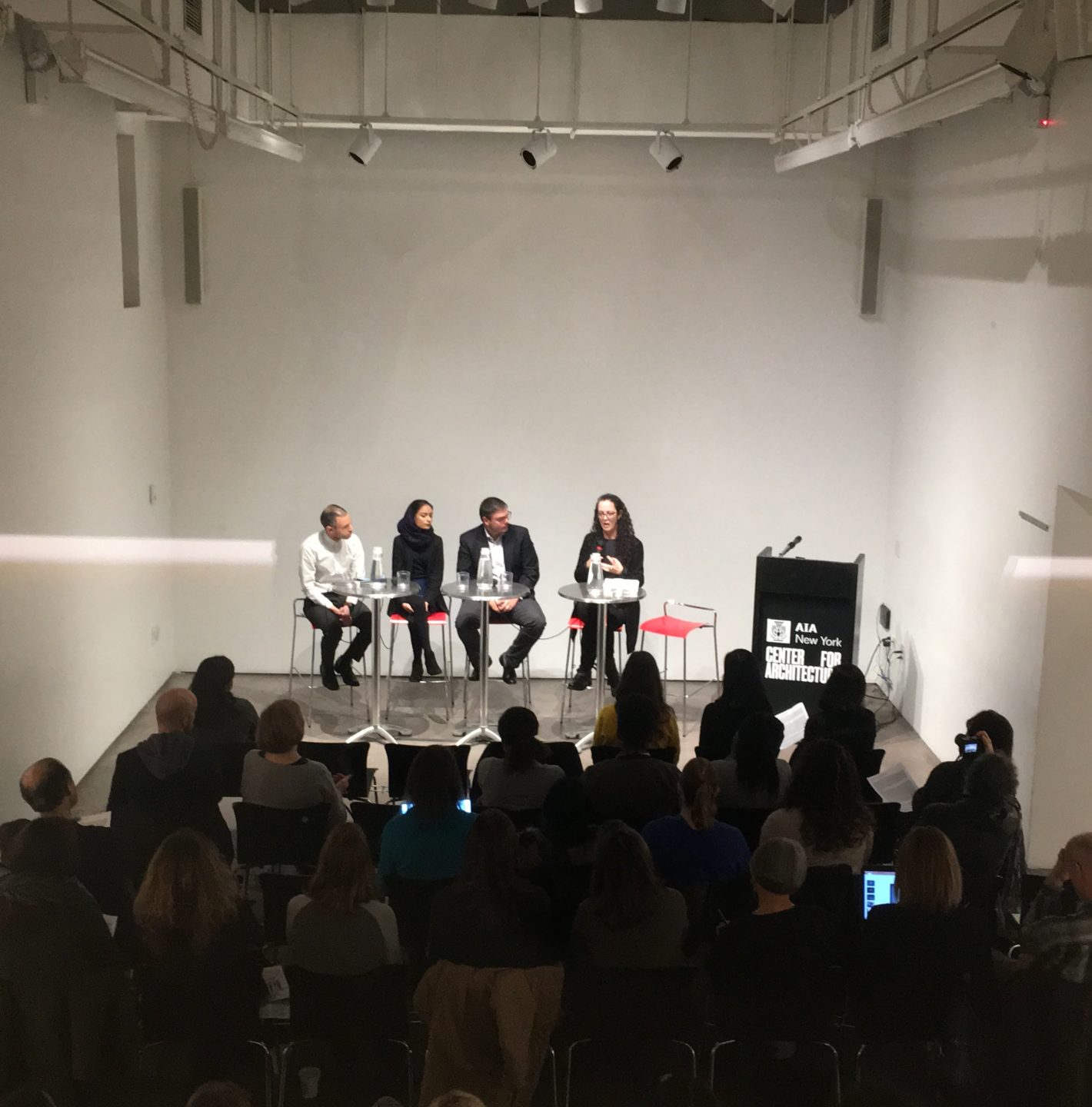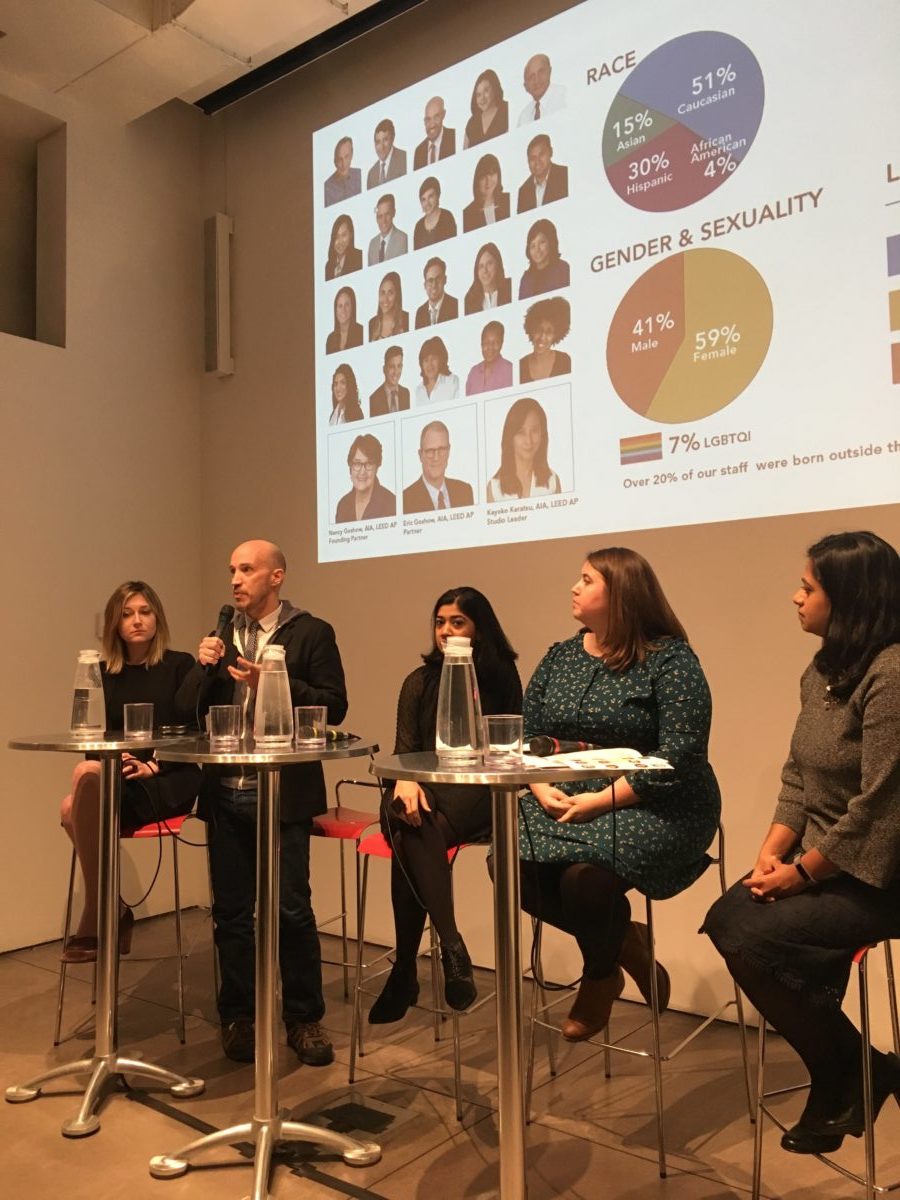As architecture students, we spend more hours in the studio than most students spend in lecture halls. Studio is where we learn to think.
However, our generation of architects aims to design for a reach far beyond the walls of our studios and our discipline. We are constantly acquiring new perspectives, whether it be by learning from our experimentation in craft, or from the communities we build around us, or from the mentors who guide us. We are forced to think on a large scale, to think not just about the physical context of our buildings, but about their social, economic, and political contexts, too. Only by doing so can we begin to understand the full role we play in shaping our environment.
Our generation has been raised to understand that, as human beings, we are part of a larger whole – that, as Albert Einstein said, we are “a part of the whole called by us ‘universe,’ a part limited in time and space.” We have been raised and educated to be compassionate citizens of the world. With the invention of social media platforms, we can extend our empathy towards those we have never met and admire places we have never been to. We are not interested in absolute power when designing buildings: we are interested in the social production of space, in designing crossroads where different movements meet, where we can empower communities to engage with their environments in ways that they may not have known before. Through empowering communities to take ownership, we create an agency of spaces.
That is: we are advocates for our communities and for their opportunities, to the point that advocacy and architecture can even feel synonymous at times. In Expand Your Advocacy Beyond AIAS, Sarah Curry highlighted some of the efforts on the part of the American Institute of Architects to embrace this role, to encourage architects to be wide-ranging advocates in their communities. As she explained, however, the AIA separates its initiatives on equity, diversity, inclusion, accessibility, and resiliency. It is important to point this out, because, for our generation, those issues are not separate or mutually exclusive.
We are a generation that does not see equity and inclusivity in our designs as a bonus factor, something to be tacked on. For us, these are the essential foundations of our work. In today’s rapid development we aim to design for adaptability, mobility, and accessibility in architecture that is inclusive. Ultimately, we will be the strongest advocates of our profession upon graduation, and the way we perceive our role, or what we aspire to, will be what shapes it.
Image Credit: Venesa Alicea and Solomon Oh












